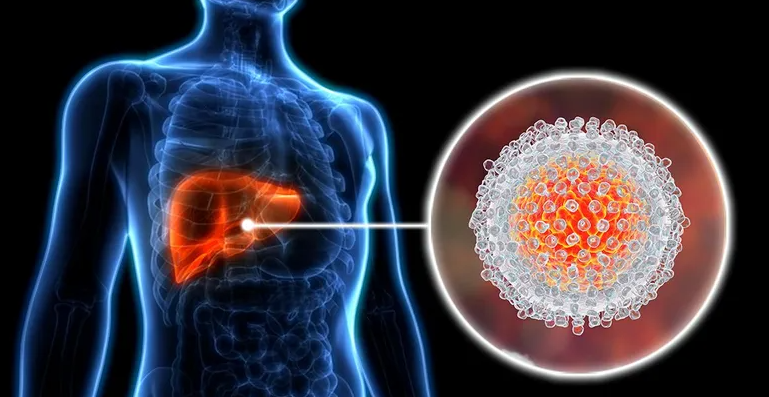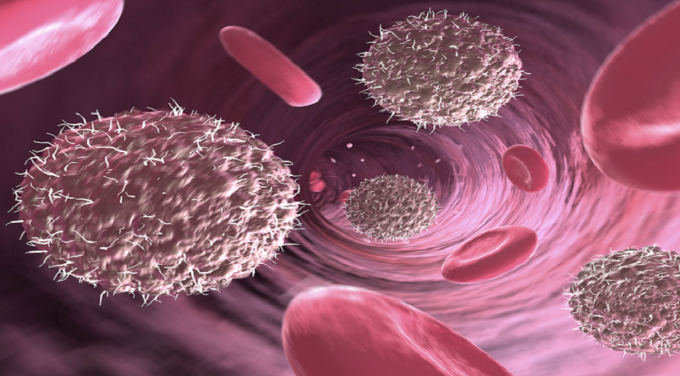Hydrogen cyanide adds across the carbon-oxygen double bond in aldehydes and some ketones to produce compounds known as hydroxynitriles. For example, with ethanal (an aldehyde) you get 2-hydroxypropanenitrile:

With acetone (a ketone) you get 2-hydroxy-2-methylpropanenitrile:

The reaction isn’t normally done using hydrogen cyanide itself, because this is an extremely poisonous gas. Instead, the aldehyde or ketone is mixed with a solution of sodium or potassium cyanide in water to which a little acid has been added. The pH of the solution is adjusted to about 4 – 5, because this gives the fastest reaction. The solution will contain hydrogen cyanide (from the reaction between the sodium or potassium cyanide and the acid), but still contains some free cyanide ions. This is important for the mechanism.
Mechanism
These are examples of nucleophilic addition. The carbon-oxygen double bond is highly polar, and the slightly positive carbon atom is attacked by the cyanide ion acting as a nucleophile.
The Mechanism for the Addition of HCN to acetone
In the first stage, there is a nucleophilic attack by the cyanide ion on the slightly positive carbon atom.

The negative ion formed then picks up a hydrogen ion from somewhere – for example, from a hydrogen cyanide molecule.

The hydrogen ion could also come from the water or the H3O+ ions present in the slightly acidic solution. You don’t need to remember all of these. One equation is perfectly adequate.
The Mechanism for the Addition of HCN to ethanal
As before, the reaction starts with a nucleophilic attack by the cyanide ion on the slightly positive carbon atom.

It is completed by the addition of a hydrogen ion from, for example, a hydrogen cyanide molecule.

















